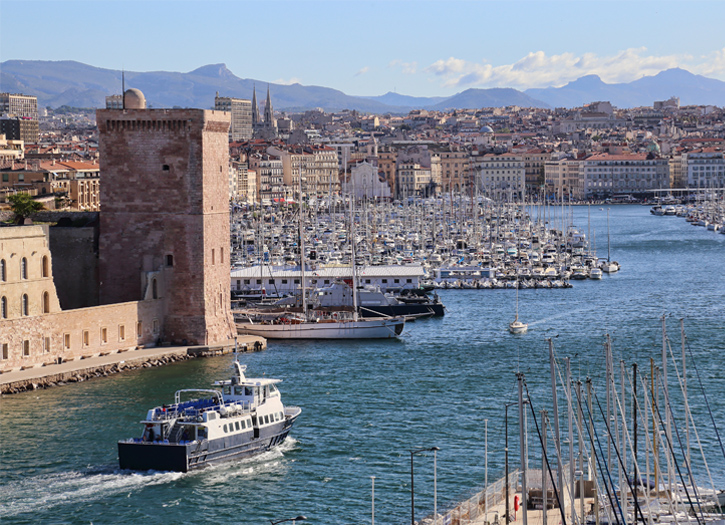The COVID-19 pandemic in France is part of the worldwide pandemic of coronavirus disease 2019 (COVID-19) caused by severe acute respiratory syndrome coronavirus 2 (SARS-CoV-2). The virus was confirmed to have reached France on 24 January 2020, when the first COVID-19 case in both Europe and France was identified in Bordeaux. The first five confirmed cases were all individuals who had recently arrived from China.
A key event in the spread of the disease across Metropolitan France as well as its overseas territories was the annual assembly of the Christian Open Door Church between 17 and 24 February in Mulhouse which was attended by about 2,500 people, at least half of whom are believed to have contracted the virus. On 4 May, retroactive testing of samples in one French hospital showed that a patient was probably already infected with the virus on 27 December, almost a month before the first officially confirmed case.
On 12 March, French President Emmanuel Macron announced on public television that all schools and all universities would close from Monday 16 March until further notice. The next day, Prime Minister Édouard Philippe banned gatherings of more than 100 people, not including public transport. The following day, the prime minister ordered the closure of all non-essential public places, including restaurants, cafés, cinemas and nightclubs, effective at midnight. On 16 March, Macron announced mandatory home confinement for 15 days starting at noon on 17 March.
On 16 March (one day after the first round of the municipal elections), Emmanuel Macron announced the beginning of a lockdown period from the 17 March at noon. It was initially planned for 15 days, then for 30 days, but on 13 April, he announced that the lockdown period would be extended until 11 May.After the announcement of the lockdown, the Fédération Française du Bâtiment decided to stop non-essential work because of the danger for construction workers.
Ban on gatherings of more than 10 people in a public space across all French territory. More generally, all gatherings, meetings, activities, travel and usage of public transport must respect social distancing rules. Public access to parks, gardens and green spaces in urban areas is prohibited in areas of France that are classified as ‘red zones’. Most businesses can re-open but restaurants, cafes and bars must remain shut. A travel declaration is no longer needed for travel outside one’s place of residence. Full lockdown restrictions maintained in the overseas department of Mayotte until further notice.
In a televised statement on 12 March, President of the Republic Emmanuel Macron decreed the closure of nurseries, schools, colleges, high schools and universities.The Ministry of Health requested the deprogramming of non-urgent surgical procedures. From the next day, gatherings of more than 100 people were prohibited.On 13 March, the Ligue de Football Professionnel suspended Ligue 1 and Ligue 2 (the top two divisions of football in France) indefinitely due to health risks.President Macron announced that companies could postpone the payment of social security contributions and taxes due in March without justification, formalities, or penalties. An “exceptional and massive” mechanism of state-funded furloughing (partial lay-offs) was envisaged. Employees were encouraged to practise teleworking where possible.
During the second half of March, 4 million French workers applied for temporary unemployment benefits. As at April 2020, approximately 8.6 million employees in France were furloughed. The total cost of the operation for the three months from March amounts to €24 billion. The French state, which has hitherto borne 100% of the costs of furloughing, reduced the indemnity to 85% from 1 June 2020, with businesses footing 15% of the bill; employees will receive 70% of their gross pay, or around 84% of their net salary.
France was subsequently accused of seizing medical equipment intended for other nations. On 5 March 2020, French authorities confiscated four million masks from the Swedish health care company Mölnlycke, which were in a distribution centre in Lyon and destined for Spain and Italy. Two weeks later, after pressure from the Swedish government, France released the masks, allowing two million of them through, with the rest remaining in France either to be used there.







Add Comment
You must be logged in to post a comment.